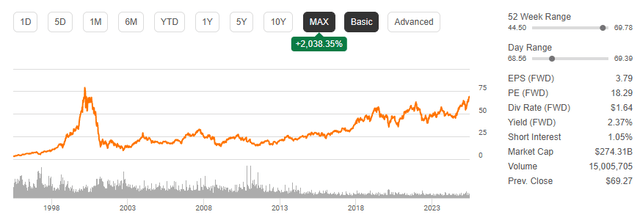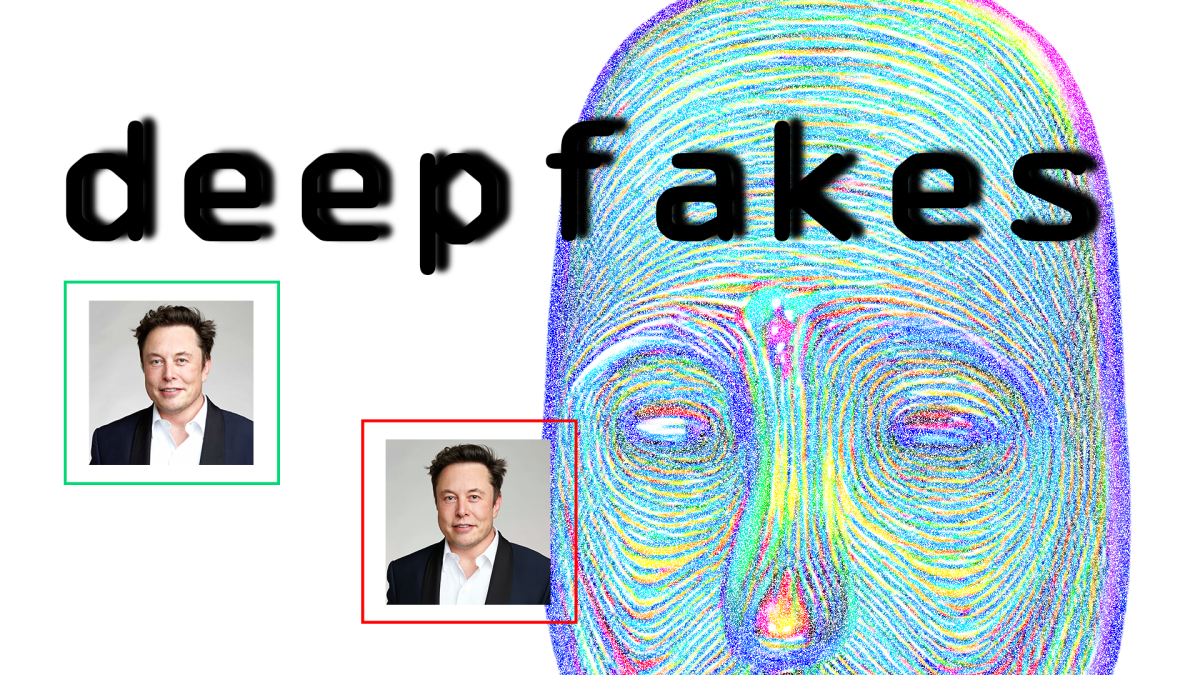Wimbledon's Tech Trials: Why the Human Eye Still Reigns Supreme

The hallowed grounds of Wimbledon have always been synonymous with tradition, skill, and the unwavering gaze of line judges. But in recent years, the tournament has increasingly embraced technology, from Hawk-Eye to electronic line calling. While these innovations promise accuracy and speed, Wimbledon’s experience provides a fascinating case study in why technology, even at its most advanced, still needs the human touch.
The initial excitement surrounding electronic line calling was palpable. The promise of eliminating human error and ensuring fair play was a compelling one. However, the reality has been more complex. Numerous incidents of system malfunctions, delays, and outright incorrect calls have punctuated the tournament, reminding everyone that technology isn’t infallible. These glitches haven’t just disrupted the flow of play; they’ve sparked debate about the very essence of the sport.
Consider the reliance on Hawk-Eye, the sophisticated ball-tracking system. While generally reliable, it’s not perfect. Its accuracy is dependent on factors like camera angles and weather conditions. The margin for error, though small, exists. And crucially, it’s a retrospective tool. The point has already been played, the decision already made. It offers a solution after the fact, rather than preventing the initial error.
The most significant issues have arisen with the automated line calling system. The speed and pressure of professional tennis demand instant decisions. Electronic systems, while capable of rapid processing, can struggle with the nuances of a ball landing on the line. The human eye, honed by years of experience, can often discern subtle differences – a slight bounce, a shadow’s play – that a machine might miss. The recent controversies highlight this crucial difference: the human judge brings context and intuition to the decision-making process. The system has been described as 'frustrating' and 'slow' by players and commentators alike.
Beyond the technical glitches, there's a deeper question about the impact of technology on the sport’s character. Tennis is a game of inches, where split-second decisions can determine the outcome. The tension, the drama, the occasional controversy – these are all part of what makes the sport so compelling. Removing the human element entirely risks sanitizing the game, stripping away some of its inherent unpredictability and passion.
Wimbledon’s experience isn’t a rejection of technology. It’s a call for balance. Technology should be used to assist, not replace, human expertise. Line judges, with their experience and judgment, remain an integral part of the Wimbledon tradition. A hybrid approach – leveraging technology to provide a safety net while retaining the human element – seems to be the most sensible path forward. The future of tennis, and indeed many other sports, may well depend on finding that delicate equilibrium. It's about embracing innovation while safeguarding the spirit of the game. The ongoing debate is a reminder that even the most sophisticated technology is no substitute for human skill and discernment.






